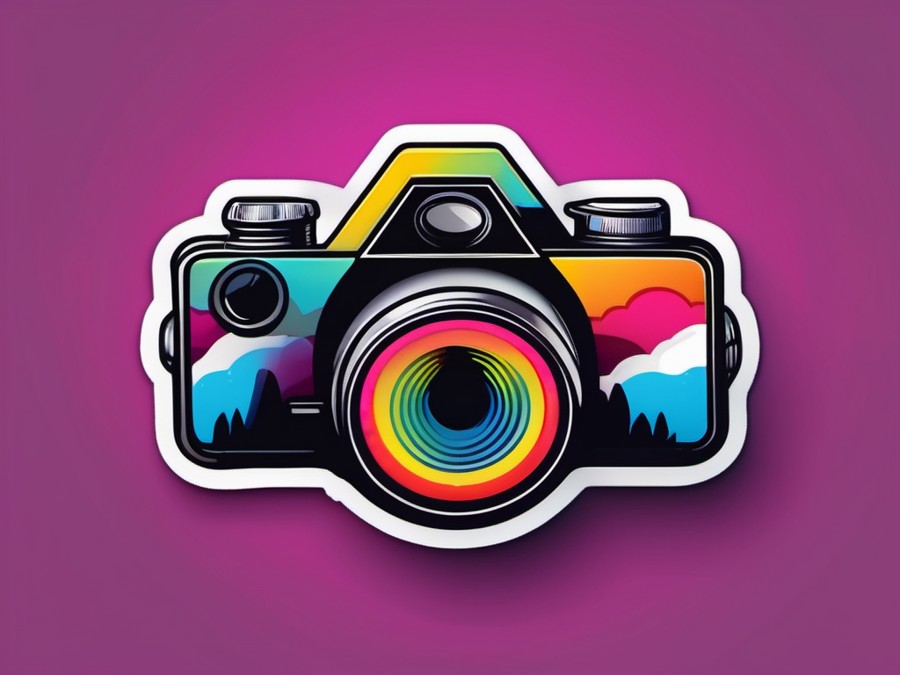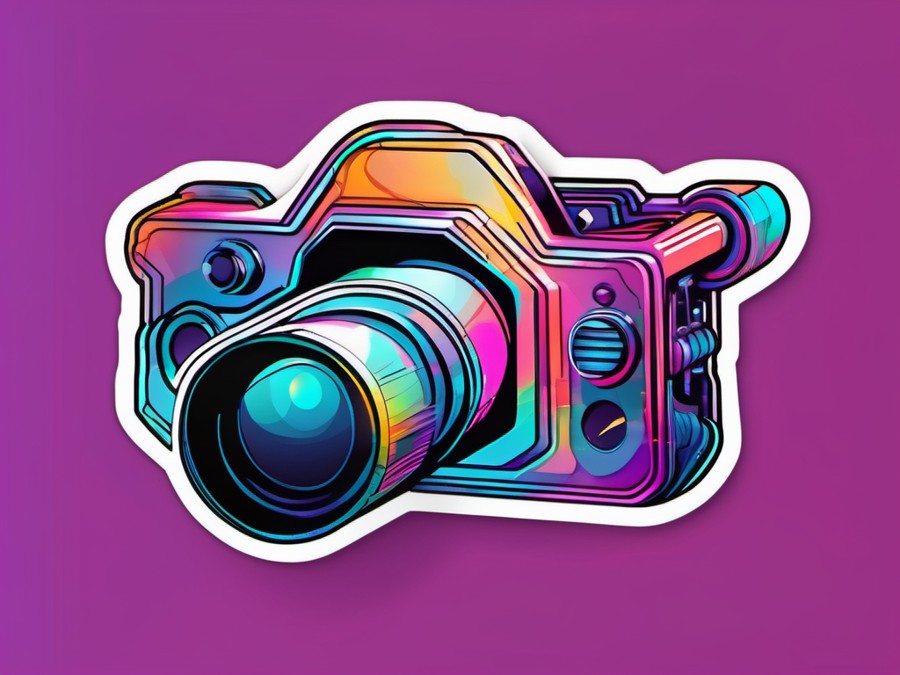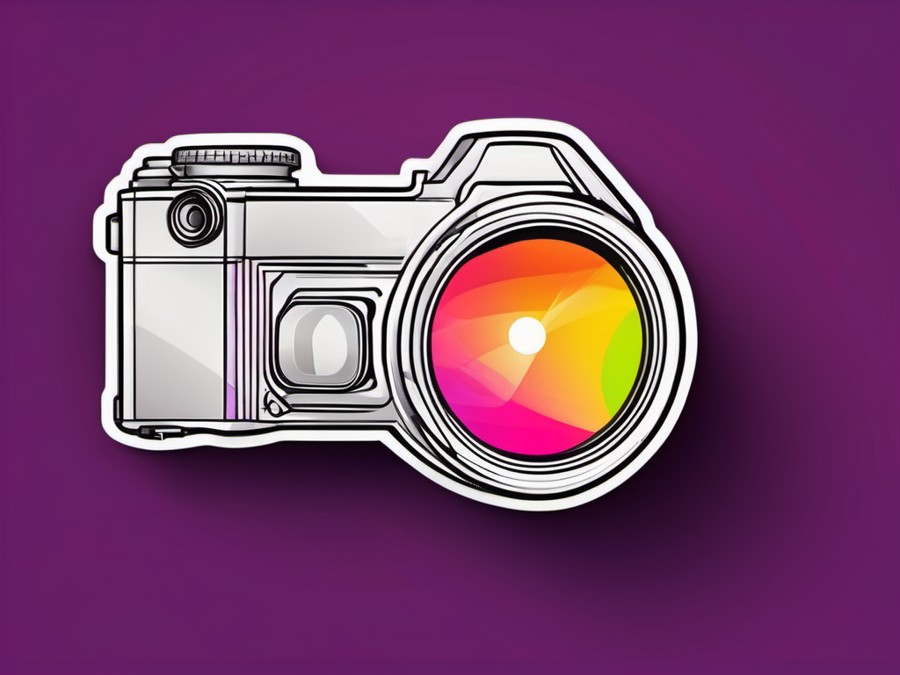· Charlotte Will · Monoculars · 7 min read
What is a Monocular and How Does it Work?
Discover what a monocular is, how it works, and the best types for your needs. Learn about magnification, features, maintenance tips, and real-world applications of monoculars for birdwatching, hunting, and more.

Introduction
Ever wondered what a monocular is and how it works? You’re not alone. In today’s world, understanding the tools that help us see further and clearer is more important than ever. Whether you’re an avid outdoorsman, a wildlife enthusiast, or someone who just loves gadgets, this article will shed some light on the fascinating world of monoculars. So grab a coffee, get comfortable, and let’s dive in!
What is a Monocular?
A monocular is essentially a compact, high-powered telescope designed for one eye. Think of it as a blend between a telescope and binoculars, but more portable and single-eyed. These handy devices are a must-have for activities like birdwatching, hunting, hiking, or even stargazing.
Types of Monoculars
You might be surprised to learn that there are several types of monoculars, each serving a unique purpose. Let’s take a look:
Compact Monoculars
These are the small, lightweight cousins in the monocular family. They’re easy to carry around and perfect for quick, on-the-go observations.
Full-Size Monoculars
For those who need a bit more power, full-size monoculars offer higher magnification. They’re bulkier but provide a clearer view from further away.
Night Vision Monoculars
Ever wanted to see in the dark? Night vision monoculars make that possible. They use special technology to enhance visibility in low-light conditions. What is a Night Vision Monocular and Its Uses?
Thermal Monoculars
These advanced devices detect heat signatures, making them ideal for spotting animals or identifying temperature differences. What is a GoPro and How Does it Work?
How Does a Monocular Work?
Now that we know what a monocular is, let’s understand how it works:
The Basics of Optics
The core principle behind a monocular is similar to that of binoculars or telescopes. It uses lenses to gather light and magnify the image, allowing you to see objects that are far away or too small to be seen with the naked eye.
Lens and Prism Systems
A monocular typically has an objective lens (the large one at the front) and an eyepiece (where you look through). Between these, prisms reflect and refract the light, ensuring the image remains upright and correctly oriented. What is a Reflector Telescope and How Does it Work?
Magnification and Objective Lens Diameter
Magnification power (usually noted as something like 8x or 10x) determines how much closer the image appears. The objective lens diameter affects the amount of light that can enter, hence impacting brightness and clarity.
Choosing the Right Monocular for You
With so many types available, choosing the right monocular can be a bit overwhelming. Here are some tips to help you decide:
Consider Your Needs
What do you plan to use the monocular for? If it’s for casual birdwatching, a compact model might be best. For more serious wildlife observation or hunting, you’d want something with higher magnification and a larger objective lens. What is a Binocular Tripod Adapter and How Does it Work?
Budget Matters
Monoculars come in various price ranges. High-end models with advanced features like night vision or thermal capabilities will be more expensive. Set a budget and stick to it, but remember that quality often comes at a cost. What is a Rechargeable Battery and How Does It Work?
Size and Portability
Think about where and how you’ll be using your monocular. If you plan to carry it in a backpack while hiking, a compact model is ideal. For stationary use, like on a watching post or in a vehicle, a full-size monocular might be better.
Common Features of Monoculars
Understanding the features can help you make a more informed decision:
Magnification and Field of View
As mentioned, magnification power determines how much closer the image appears. The field of view (FOV) refers to the width of the area you can see through the monocular. Higher magnification usually means a narrower FOV.
Coating and Prisms
Quality monoculars often have coated lenses to reduce glare and improve image clarity. The type of prisms used (like roof or Porro prisms) can also affect the image quality and size of the monocular.
Eye Relief
Eye relief is the distance between your eye and the eyepiece lens where you can still see a full image. This is particularly important if you wear glasses or need to keep some distance from the lens for comfort. What is a Monitor Privacy Filter and How Does It Work?
Durability and Waterproofing
Some monoculars are designed to withstand rough conditions, including water, fog, or dust. If you plan to use yours in harsh environments, look for models with robust housing and waterproofing features. What is a CWDM Transceiver and How Does it Work?
Maintenance Tips for Your Monocular
Like any valuable piece of equipment, your monocular requires some care to keep it in top shape:
Cleaning the Lenses
Dirt and dust can accumulate on the lenses, reducing image quality. Use a soft, lens-cleaning cloth to gently wipe the lenses. Avoid using any harsh chemicals or abrasive materials. What is a GaN Charger Technology and How Does It Work?
Storing Your Monocular
When not in use, store your monocular in a protective case. This helps prevent scratches and keeps dust out. Some cases even come with straps to make carrying your monocular easier.
Battery Care (for Electronic Models)
If you have a night vision or thermal monocular, make sure to follow the manufacturer’s guidelines for battery care. This might include storing batteries in a cool, dry place and keeping them charged when not in use.
Real-World Applications of Monoculars
Monoculars aren’t just for hobbies—they have several practical applications as well:
Wildlife Conservation
Conservationists use monoculars to monitor and study wildlife without disturbing the animals. This helps in gathering data crucial for conservation efforts. What is a VHF Marine Antenna and How Does it Work?
Search and Rescue Operations
In emergencies, search and rescue teams often use monoculars to spot missing persons or assess damage from a distance.
Military and Surveillance
Because of their portability and power, monoculars are also used in military and surveillance contexts to keep watch over large areas.
Conclusion
Understanding what a monocular is and how it works can open up a new world of possibilities. Whether you’re into birdwatching, hunting, or just love gadgets, a monocular is an excellent tool to have in your arsenal. By knowing the different types, features, and maintenance tips, you can make an informed decision to choose the perfect monocular for your needs. So go ahead, grab that monocular, and start exploring the world in a whole new light!
FAQs
What is the difference between a monocular and binoculars?
Binoculars are designed for both eyes, offering a fuller field of view and often higher magnification. Monoculars are more compact and portable, making them better for quick observations with one eye.
How far can a monocular see?
The distance a monocular can see depends on its magnification power and objective lens diameter. High-end models can see up to several miles, while compact ones might have a shorter range.
Can you use a monocular with glasses?
Yes, many monoculars are designed to be used with glasses. Look for models with good eye relief, which allows you to maintain a comfortable distance from the lens while still seeing a full image.
Are monoculars waterproof?
Not all monoculars are waterproof, but many high-quality models offer some level of water resistance. If you plan to use your monocular in wet conditions, look for one with robust waterproofing features.
How do I clean the lenses of my monocular?
To clean the lenses, use a soft, lens-cleaning cloth. Gently wipe the lenses in a circular motion. Avoid using any harsh chemicals or abrasive materials, as these can damage the lens coating.




